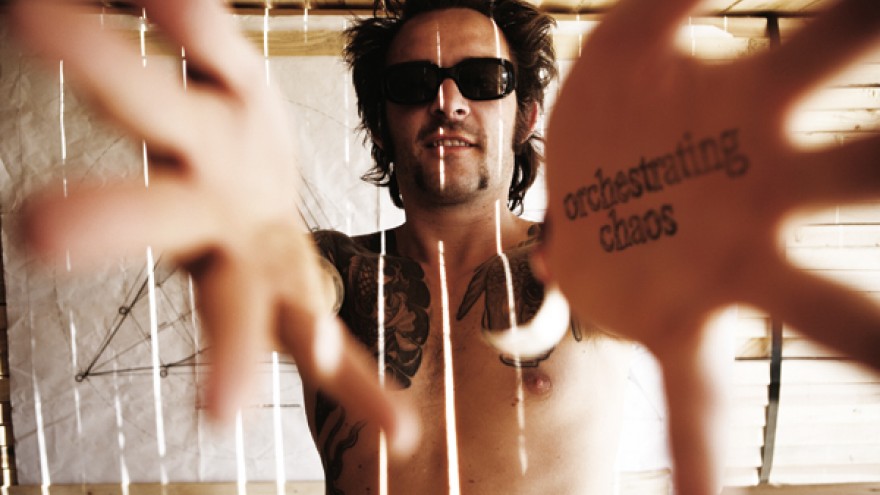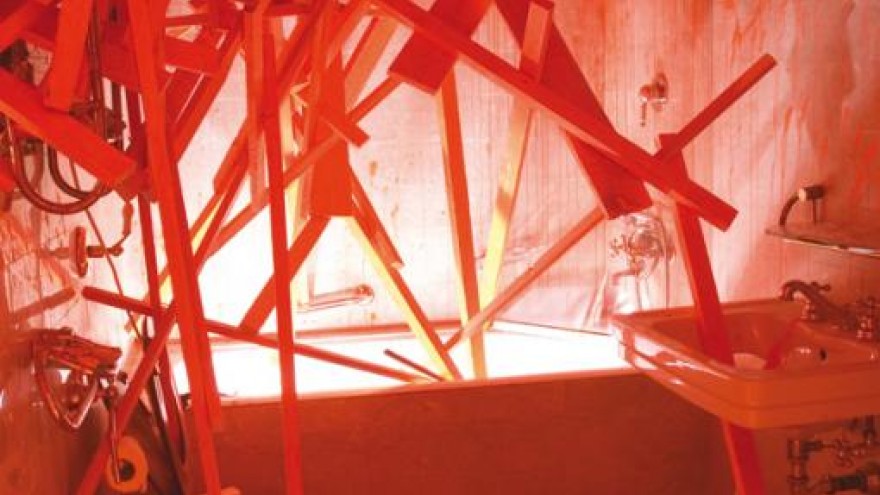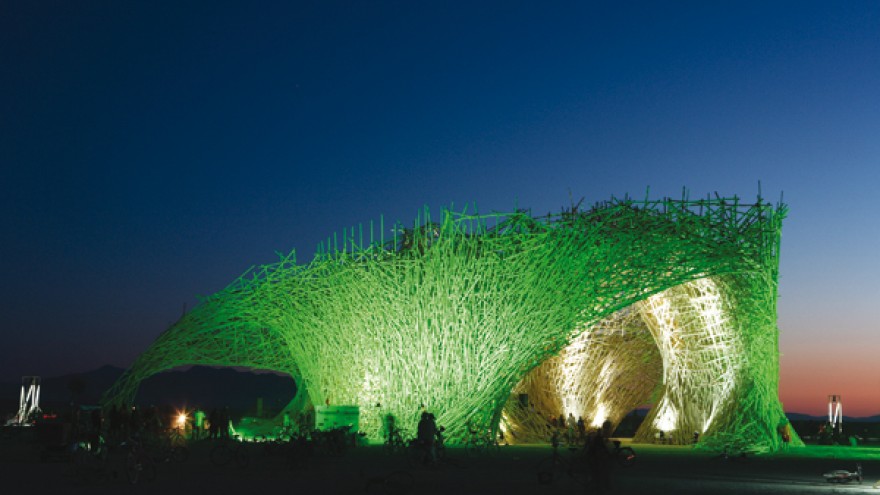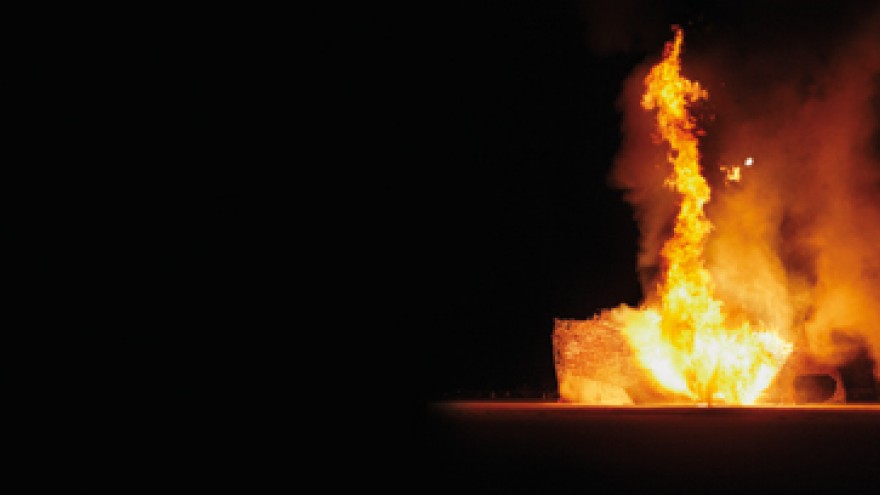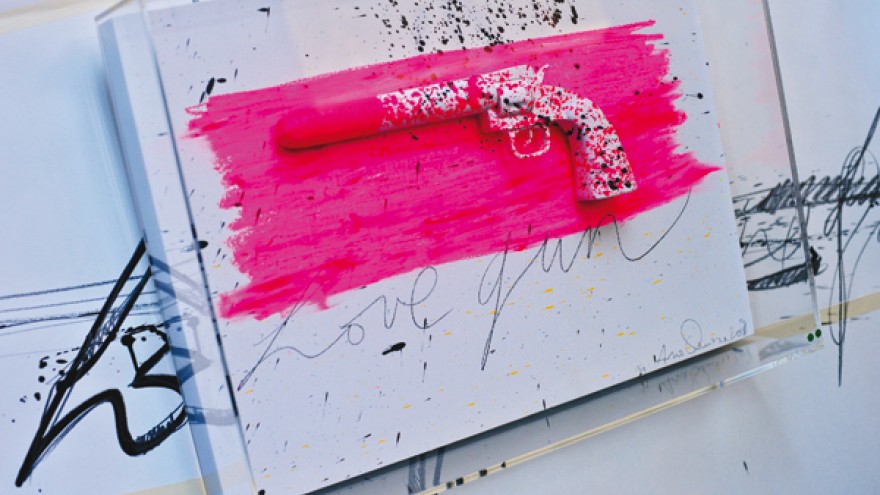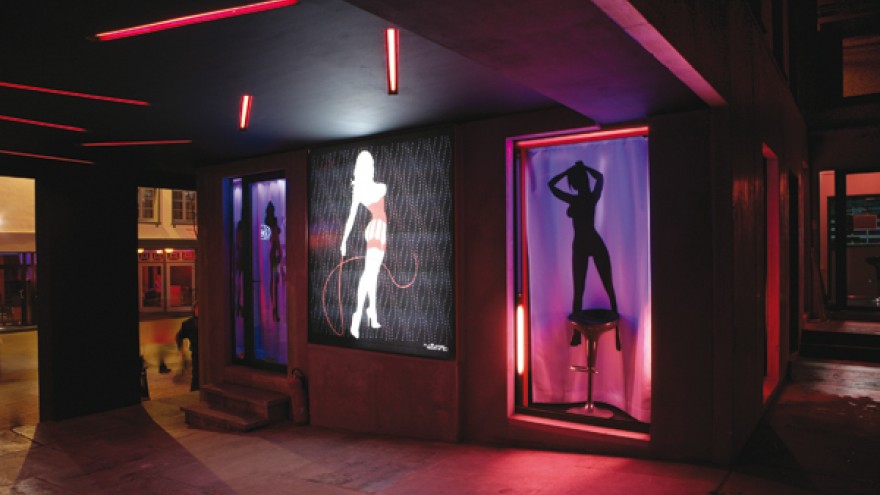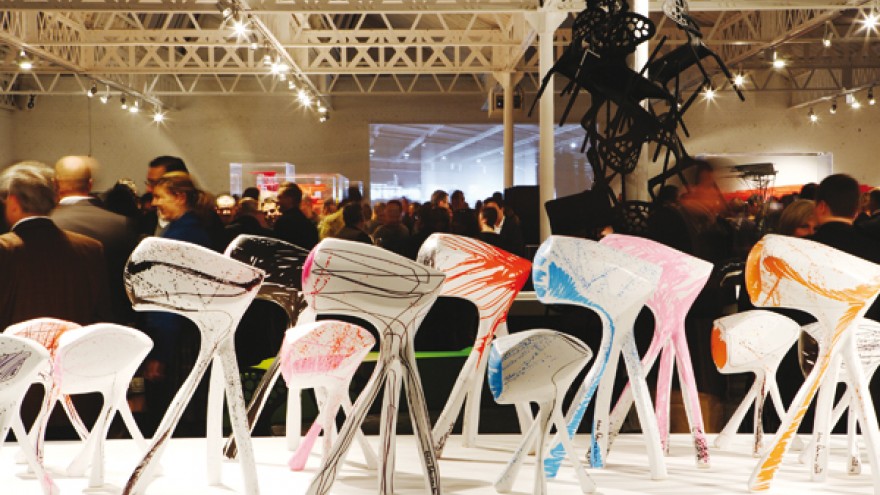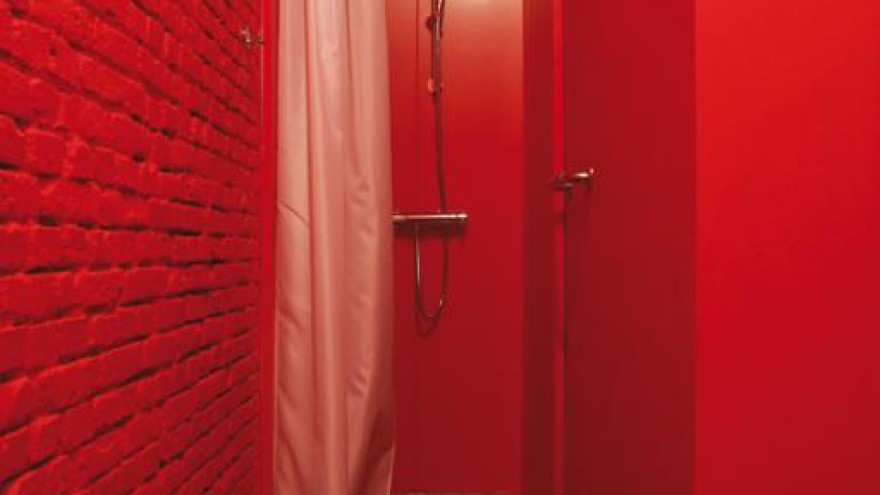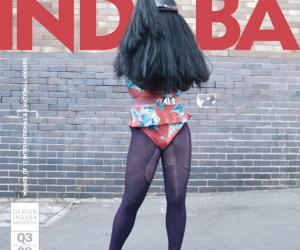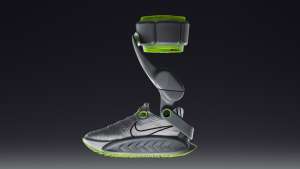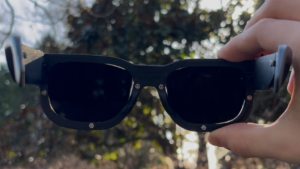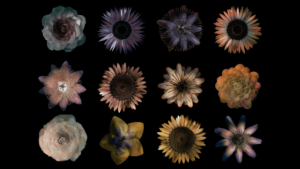First Published in
Arne Quinze rose to cult recognition when he burnt one of his giant wooden installations at the 2006 Burning Man in Nevada. Since then his wooden installations that inspire an inversion of scaffolding or a biology of construction, have started cropping up in cities all over the world, from Brussels to New York and Paris.
Most recently, in June, he was involved in the destruction party of Paris's landmark luxury hotel, Royal Monceau, which has hosted the likes of Ernest Hemingway, Walt Disney, Eisenhower, Joséphine Baker, Madonna and Robert de Niro. Due for a complete redesign by Philippe Starck over the next 15 months, the hotel first invited 1 200 celebrities, models, politicians and hipsters to completely trash the place. Besides a number of other artist-decorated rooms, Quinze's installation stretched from the entrance throughout the hotel like a conquering alien stream or a strand of punk DNA, breaking through walls, corridors, stairways, lobbies and rooms.
Quinze has been riding on a news stream of radical public installations and celebrity affiliations since arriving on the scene in 1999. His debut was the Primary Pouf, a seating object recognised for how its simplicity, material and delirious colours didn't quite fit the status quo. Nonetheless, Quinze has leveraged his notoriety into an architecture and design studio, a furniture company, and an art gallery.
Design Indaba: Can you give us a little introduction to who Arne Quinze is? How did you go from teen graffiti artist to architect and design rocker?
Arne Quinze: As a teenager I started out with graffiti to have a creative outlet. It kept me going and gave me the strength to fight. Now I translate that fighting spirit into getting things done. If I hear the words "it can't be done", a project really catches my interest. Nowadays I have a whole studio creating new furniture and architecture, but I have the last say in every design. The team puts an amazing effort into every project.
You are probably best known for your giant installations of entangled wood. How did you come upon this installation technique and what does it mean to you?
This kind of installation structures itself like an organic network, a harmonic chaos defining the form of the sculpture. At Burning Man, a team of 25 people worked like crazy for three weeks to construct the gigantic wooden installation in the Nevada desert. The sculpture represented a hole in time and a gateway to the future towards a society giving priority to creativity, tolerance, innovation and flexibility.
How did it feel to set fire to a 30-metre high structure that represented over three weeks of work and half a million euros?
At the end of the festival you have to leave the desert as you entered it. So everything has to be gone. Setting the structure on fire wasn't about the money but about the sentiment of the festival and the emotions it awakened with the people over there. For every used kilometre of wood we plant a new tree. While the structure was burning, I felt an explosion of energy. I can only hope others felt it too. But I'm convinced they did, as people asked us to put their stuff into the structure during the burning process.
Your company's slogan is "creators of atmosphere". What sort of atmosphere is created by these installations? Is the atmosphere of the space different according to the location - Burning man, Brussels fashion district, Lexus showroom and Art Basel Miami Beach?
People feel interconnected only by looking at the entangled wooden sticks. Amazed by the enormous scale of the installations, people come inside the installations. It gives people a moment to reset their minds, think about what's going on and meet each other again. It's a way of communicating again. Each installation brings a new spirit in their surrounding environment, but of course different locations revive a different spirit.
You also do a lot of work for Swarovski and have a furniture range, mostly made of QM Foam, a material you developed yourself. Do different materials represent different things to you?
Of course different materials represent different things to me. I like to work with wood because it has a human dimension. As a product of nature if feels very natural to work with it. But I always take the environmental cause into account when working with wood.
Working with Swarovski crystals has a whole different dimension. Crystals represent a more luxurious world. No other material makes you dream in such richness and purity. Today most applications of crystals allow you to watch them from outside and use the crystals as a source of reflection. My aim is to turn the experience inside out and use the absorptive capacity of crystal to release the energy and dreams of people.
Not many designers can brag about designing a brothel. What sort of design concerns and social problems were addressed with Villa Tinto in Antwerp?
Villa Tinto shows how design and creativity can partake in long-term ongoing social problems. It's a step towards social improvement of the oldest profession in the world. Sex is natural human behaviour that does not necessarily belong in the hidden unspoken folds of life. Why not provide it in a safe and clean environment rather than in a clandestine alley? I interviewed some sex workers to find out what safety meant for them. The main thing for them is to see their clients at any time. Mirrors are strategically placed in the suites to observe clients in the street, as well as their behaviour in the suite.
The Villa Tinto was deemed such a success that it neutralised local debate over the sex trade and was even included in the municipal election campaign, while your Cityscape installation in Brussels is said to have revitalised its neighbouring retail area. What do you think is important in reshaping urban spaces?
Architecture, art, design and urban planning can make a social and structural impact on stagnant landscapes. Reviving the neighbourhood with a new spirit, a new atmosphere, makes the inhabitants feel a changing, dynamic mood going on. Once parted from each other, it can bring people together again and create an understanding for your neighbour in the street, whatever profession he or she is engaged in. I want people to communicate again in real life.
In your guise as futurologist, you have made studies for transport in Magna and Skytracer. What will the world look like in 2100?
Magna and Skytracer are prototypes of transporters for the distant future. They are super cars, a burst of energy cleaving skies in two as they navigate through space. Wasting energy and pollution are things of the past. All things in the future will bring an optimum efficiency.
You talk a lot about "organised chaos" and "knowing rules to break them". Is there some anarchy in your creativity?
I love rules, because when I know them, I know how to avoid them. I'm an ardent fan of chaos and the lack of a system. It's my engine as a designer. I create chaos, which for me is the origin of complete independence.

